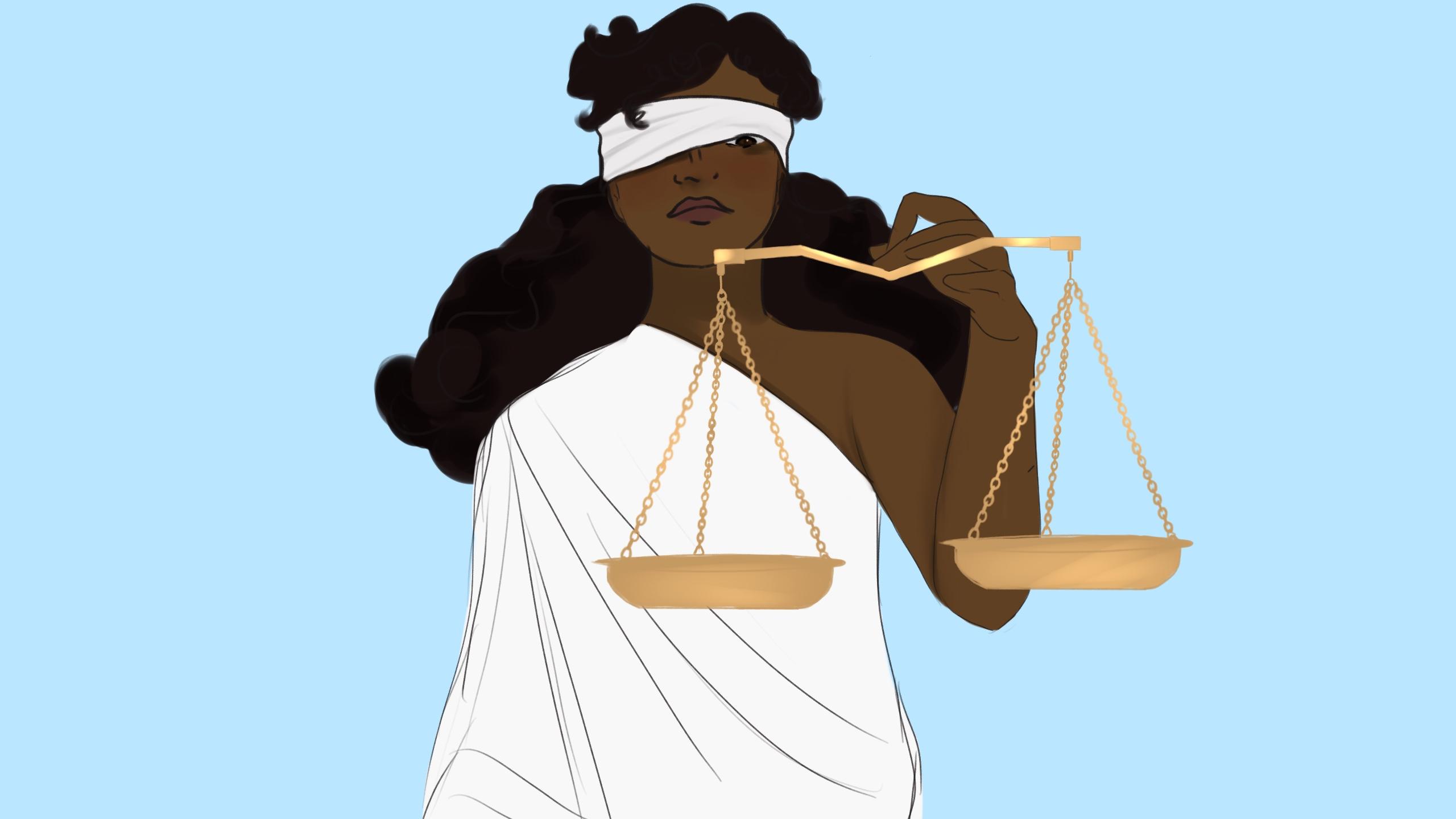By Prapti Bamaniya
Ryerson’s Faculty of Law holds a unique position to challenge the law industry and improve existing problems of equality in the legal field for racialized students.
Ryan Watkins, a Toronto-based lawyer, said the faculty also holds the potential to go against the grain in how lawyers are educated on the nuances of race.
“Law is an area where we—as people of colour—may have different experiences when dealing with police and the criminal justice system in general,” said Watkins, who is also a litigator with expertise in human rights, discrimination and union disputes..
That difference in experience “needs to be appreciated and taught in law school,” he said.
Courses at Ryerson Law, such as the Indigenous law course required for first-year students, include lessons Watkins had never learned in school. When he was a student, Watkins said conversations about race and policing rarely came up.
“For me in law school, you’d have professionals who are tenured there [and] used to teaching the law a certain way because that’s what they heard from their professors,” he said.
The University of Toronto’s (U of T) Faculty of Law, established in 1887, came under criticism last December for leaning on stereotypes that Indigenous people abuse alcohol and drugs in a scenario for an assignment.
“Indigenous voices are important in these situations,” wrote Toryanse Blanchard in an op-ed for The Varsity, U of T’s student paper. “However, respecting Indigenous responses to this incident doesn’t necessarily ensure that something like this won’t happen again.” Blanchard also wrote that they’d like to see a concentrated effort to increase Indigenous knowledge and awareness in the curriculum.
The diversity of enrolment in what were previously Toronto’s only two law schools demonstrates a similar disconnect from the diverse experiences of law. In 2019, Indigenous students made up less than one per cent and two per cent of admitted law students at Osgoode Hall and the U of T , respectively. Black students made eight and one per cent.
Watkins said he thinks Ryerson’s Faculty of Law has a unique opportunity as a new law school to change the conversation around Black, Indigenous, and people of colour (BIPOC) issues and encourage higher enrolment with a fresh curriculum.
Safia Thompson, a student in Ryerson’s inaugural law cohort, spoke on the importance of law school’s understanding and incorporating BIPOC perspectives into learning law in an article for The Lawyer’s Daily.
“It is refreshing to finally see individuals who look like me in an executive academic administration at a law school,” she wrote. “‘Representation’ within those crucial departments is a start, but for us to be truly progressive in dismantling the very ideologies which fuel exclusionary and racist institutions, we must actively and collaboratively work to abolish their foundational systems of oppression.”
Ridhey Gill, a law student who is also entering Ryerson’s first class, wrote on her blog that the admissions process and the value of diversity in Ryerson Law was one of her main reasons for it being her top choice. Along with LSAT scores, proof of a post secondary degree, references and a resume, applicants to Ryerson Law must also submit a personal statement based on social innovation, resilience and technological skills.
“Starting my legal journey with an education that reflects diverse backgrounds, perspectives, and issues will prepare me with the appropriate skills to serve a broader range of communities,” wrote Gill.
Donna Young, the dean of Ryerson’s Faculty of Law said in a statement to The Lawyer’s Daily that, “law is reason free from passion. But I believe fervently that it is our profession’s responsibility to feel passionately about injustice, to empathize with those who are marginalized, and to seek to eradicate inequities wherever they may be found.”
The Bigger Picture
According to a 2014 STRATCOM report titled “Challenges Facing Racialized Licensees,” only 3.2 per cent of Ontario’s lawyers are Black.
Additionally, Brad Regehr, a member of the Peter Ballantyne Cree Nation in Saskatchewan, became the first Indigenous president of the Canadian Bar Association in Ottawa on Sept. 1. “Various systemic barriers may be getting in the way of Canada having a bench that is more reflective of its population, ” Regehr added in an interview with CBC’s The Current.
Watkins said one way to combat the lack of representation in law could be the elimination of grades, which has been implemented in some law programs at Harvard and Yale.
“A lot of the big firms, or all of the big firms, use grades as a way to weed out candidates for the top jobs on Bay Street,” he said. “If you eliminate grades altogether, that takes away that lazy way of…just looking at somebody’s grades instead of looking at their background, and I think we would get more people of colour on Bay Street law firms.”
Watkins mentioned the law surrounding corporate growth is one area that could use more BIPOC expertise.
“If you have a Black-owned business and you have specific challenges related to your community, you know who’s going to help provide the best legal advice…It’s probably somebody from your community. If you can’t find those lawyers around…that’s a huge problem.”
CORRECTION: A previous version of this article said that Brad Regehr is a Nehiyaw of the Cree First Nation. Regehr is in fact a member of the Peter Ballantyne Cree Nation in Saskatchewan. The Eyeopener regrets this error.











Leave a Reply